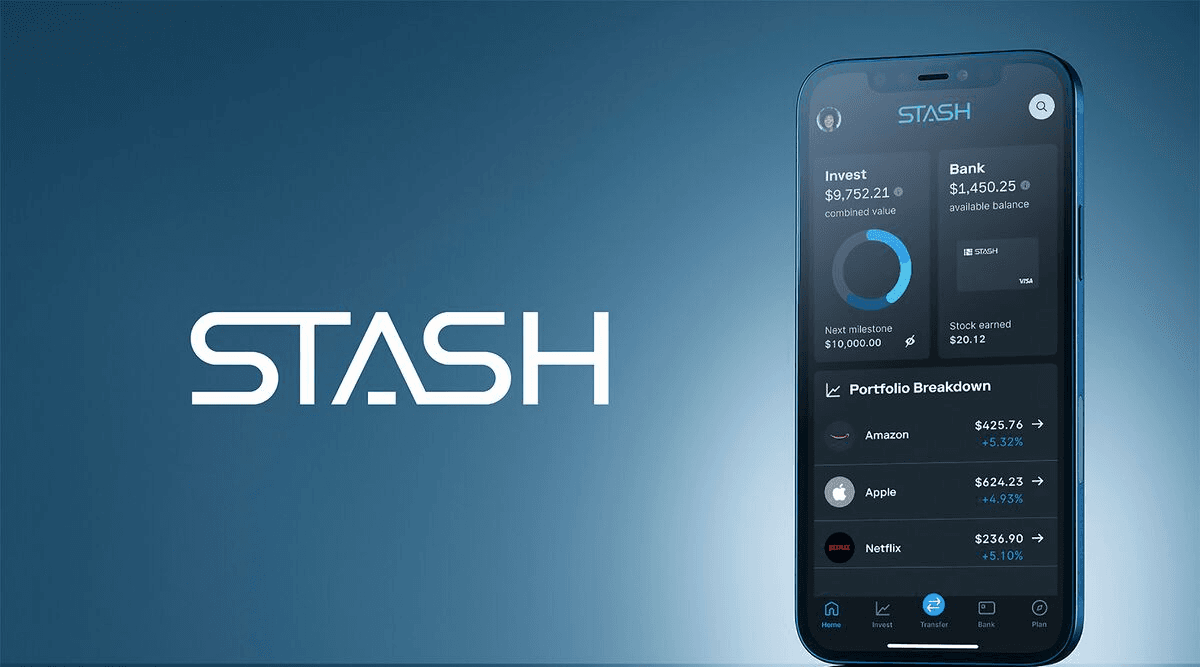Case StudyStream Team: Product - Proactive Tech Debt Management at Stash
Stash, a personal finance app, faced significant challenges related to technical debt. As the platform expanded its product offerings and user base, accumulated tech debt began to hinder their ability to scale and respond to market demands efficiently. The key issue was managing this debt to maintain platform stability and performance, especially during periods of rapid growth and unexpected user activity surges.

The Solution
Stash implemented a strategic approach focusing on proactive tech debt management:
- Understanding and Acknowledging Tech Debt: Stash recognized that tech debt is an inevitable part of growing a tech platform. They maintained a positive outlook on tech debt, viewing it as an indicator of growth and an opportunity for continuous improvement.
- Systematic Payment Plan: Throughout 2020, Stash committed to a systematic tech debt payment plan. This involved regular reviews and incremental improvements to their codebase and infrastructure, ensuring they stayed ahead of potential issues.
- Feedback Loop Between Engineering and Product Teams: A robust feedback loop was established between the engineering and product teams. This ensured continuous communication and alignment on priorities, allowing for effective tech debt management and prioritization.
- Preparation for Viral Growth: Stash prepared for viral growth by investing in scalable infrastructure and efficient processes. This proactive approach enabled them to handle significant spikes in user activity without compromising performance.
Outcomes achieved
Stash's strategic approach to managing tech debt led to several positive outcomes:
- Platform Stability During Viral Growth: In January, Stash experienced a significant surge in new subscribers, capturing nearly 30,000 new users in a single day due to media coverage and the retail investing frenzy. Despite this, Stash was able to fulfill all orders and maintain platform stability without any incidents, thanks to their proactive tech debt management.
- Continuous Improvement and Scalability: By systematically addressing tech debt, Stash ensured their platform remained scalable and efficient. This continuous improvement process allowed them to support ongoing growth and new product offerings without major disruptions.
- Enhanced User Experience: The proactive management of tech debt contributed to a smoother, more reliable user experience. Stash's ability to handle increased traffic and provide consistent service helped retain users and build trust in their platform.
- Competitive Advantage: Stash's commitment to tech debt management gave them a competitive edge. While some competitors struggled to handle similar growth, Stash's preparation and resilience allowed them to capitalize on the influx of new users effectively.
